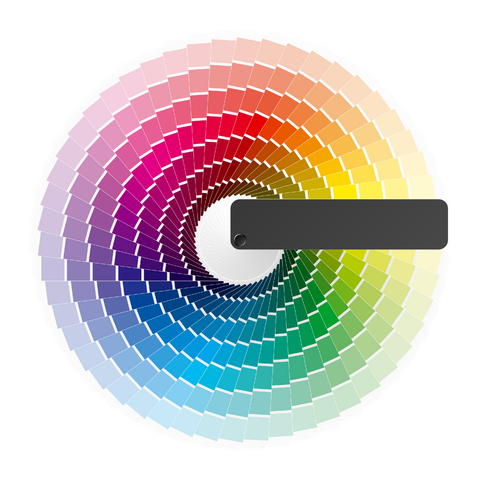Polyurethane Coatings
Polyurethanes have excellent chemical resistance. They are hard, tough finishes. They can either be polyurethane lacquers, oil-modified Polyurethanes or two-component polyurethane systems.
Specializing in the development of polyurethane coatings which have chemical resistance, hardness & resilience for substrates ranging from plastics of all types to glass to wood to all metals, both primed & un-primed. These can either be polyurethane lacquers, oil-modified polyurethanes or two-component polyurethane systems.
 Polyurethane materials are commonly formulated as paints and varnishes for finishing coats to protect or seal wood. This use results in a hard, abrasion-resistant, and durable coating that is popular for hardwood floors, but considered by some to be difficult or unsuitable for finishing furniture or other detailed pieces. Relative to oil or shellac varnishes, polyurethane varnish forms a harder film which tends to de-laminate if subjected to heat or shock, fracturing the film and leaving white patches. This tendency increases when it is applied over softer woods like pine. This is also in part due to polyurethane's lesser penetration into the wood. Various priming techniques are employed to overcome this problem, including the use of certain oil varnishes, specified "dewaxed" shellac, clear penetrating epoxy, or "oil-modified" polyurethane designed for the purpose. Polyurethane varnish may also lack the "hand-rubbed" lustre of drying oils such as linseed or tung oil; in contrast, however, it is capable of a much faster and higher "build" of film, accomplishing in two coats what may require many applications of oil. Polyurethane may also be applied over a straight oil finish, but because of the relatively slow curing time of oils, the presence of volatile byproducts of curing, and the need for extended exposure of the oil to oxygen, care must be taken that the oils are sufficiently cured to accept the polyurethane.
Polyurethane materials are commonly formulated as paints and varnishes for finishing coats to protect or seal wood. This use results in a hard, abrasion-resistant, and durable coating that is popular for hardwood floors, but considered by some to be difficult or unsuitable for finishing furniture or other detailed pieces. Relative to oil or shellac varnishes, polyurethane varnish forms a harder film which tends to de-laminate if subjected to heat or shock, fracturing the film and leaving white patches. This tendency increases when it is applied over softer woods like pine. This is also in part due to polyurethane's lesser penetration into the wood. Various priming techniques are employed to overcome this problem, including the use of certain oil varnishes, specified "dewaxed" shellac, clear penetrating epoxy, or "oil-modified" polyurethane designed for the purpose. Polyurethane varnish may also lack the "hand-rubbed" lustre of drying oils such as linseed or tung oil; in contrast, however, it is capable of a much faster and higher "build" of film, accomplishing in two coats what may require many applications of oil. Polyurethane may also be applied over a straight oil finish, but because of the relatively slow curing time of oils, the presence of volatile byproducts of curing, and the need for extended exposure of the oil to oxygen, care must be taken that the oils are sufficiently cured to accept the polyurethane.
Unlike drying oils and alkyds which cure, after evaporation of the solvent, upon reaction with oxygen from the air, polyurethane coatings cure after evaporation of the solvent by a variety of reactions of chemicals within the original mix, or by reaction with moisture from the air. Certain products are "hybrids" and combine different aspects of their parent components. "Oil-modified" polyurethanes, whether water-borne or solvent-borne, are currently the most widely used wood floor finishes.
Exterior use of polyurethane varnish may be problematic due to its susceptibility to deterioration through ultra-violet light exposure. It must be noted, however, that all clear or transluscent varnishes, and indeed all film-polymer coatings (i.e., paint, stain, epoxy, synthetic plastic, etc.) are susceptible to this damage in varying degrees. Pigments in paints and stains protect against UV damage, while UV-absorbers are added to polyurethane and other varnishes (in particular "spar" varnish) to work against UV damage. Polyurethanes are typically the most resistant to water exposure, high humidity, temperature extremes, and fungus or mildew, which also adversely affect varnish and paint performance


